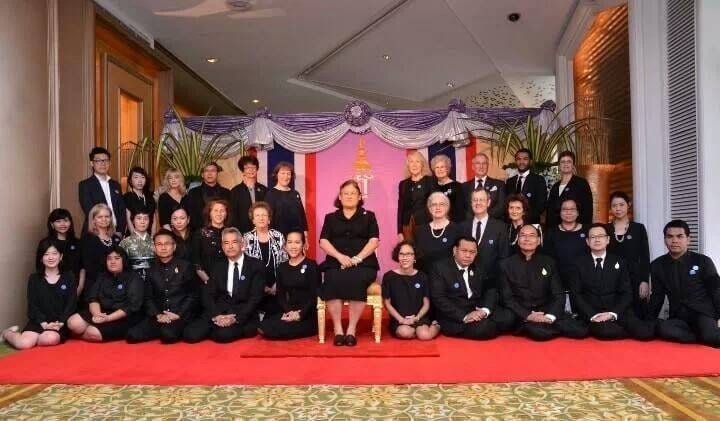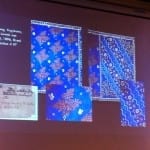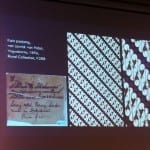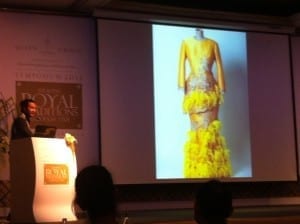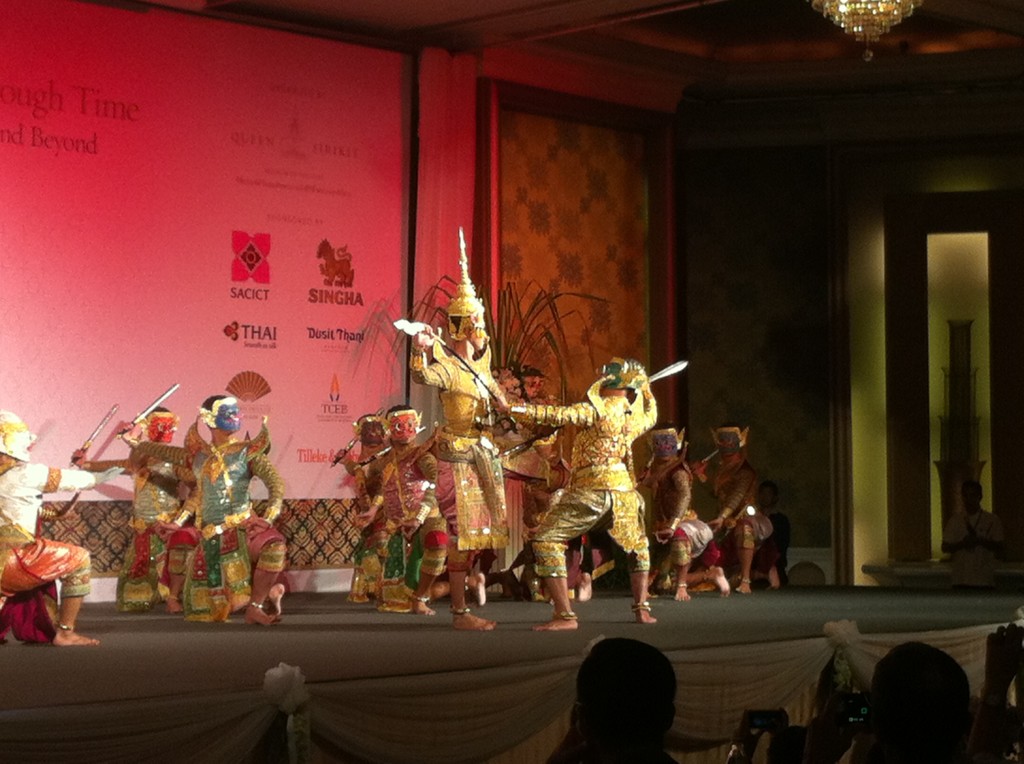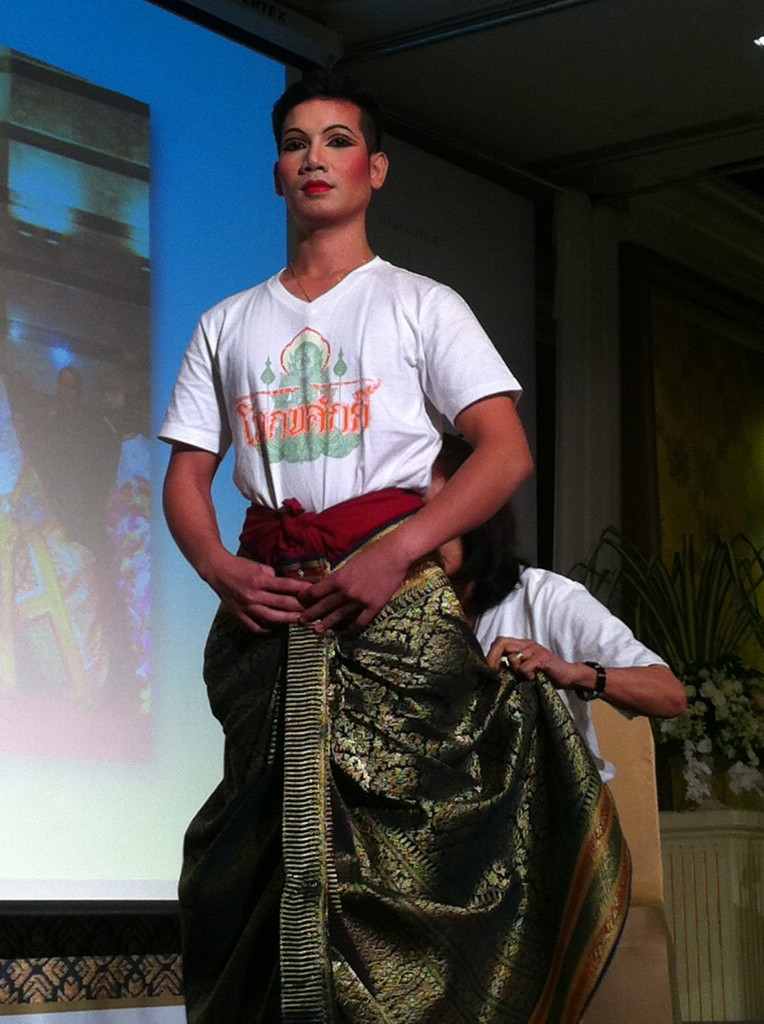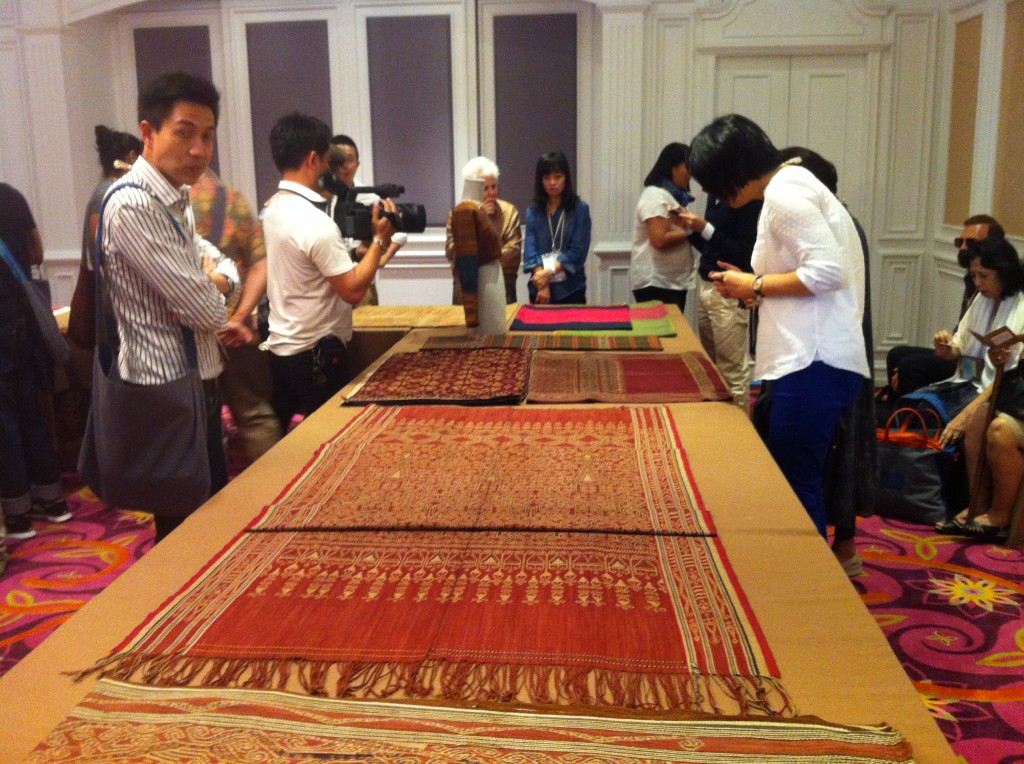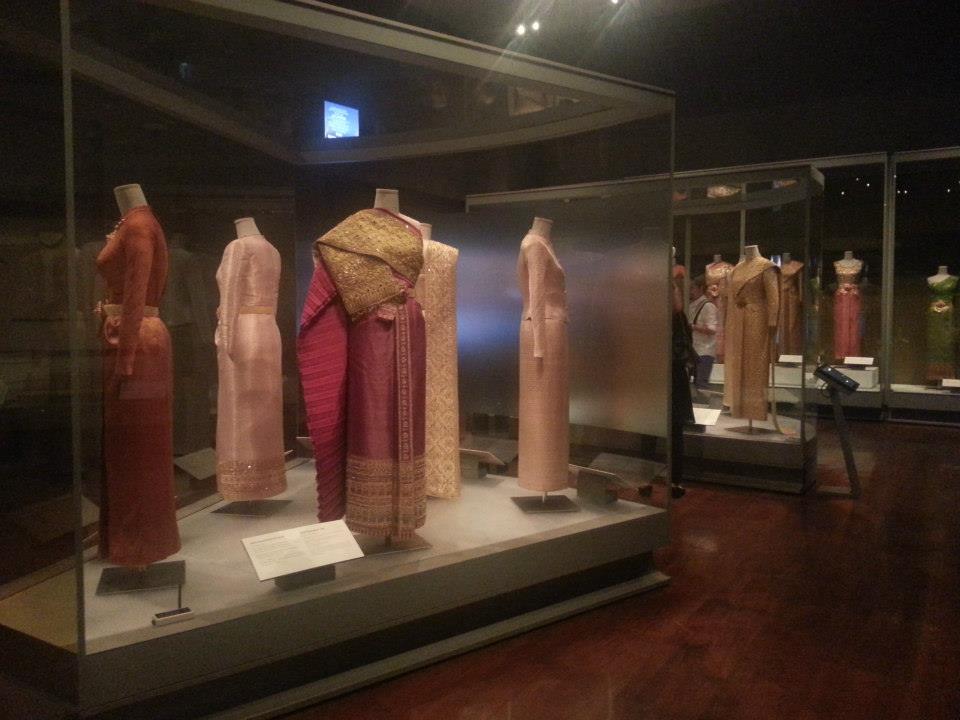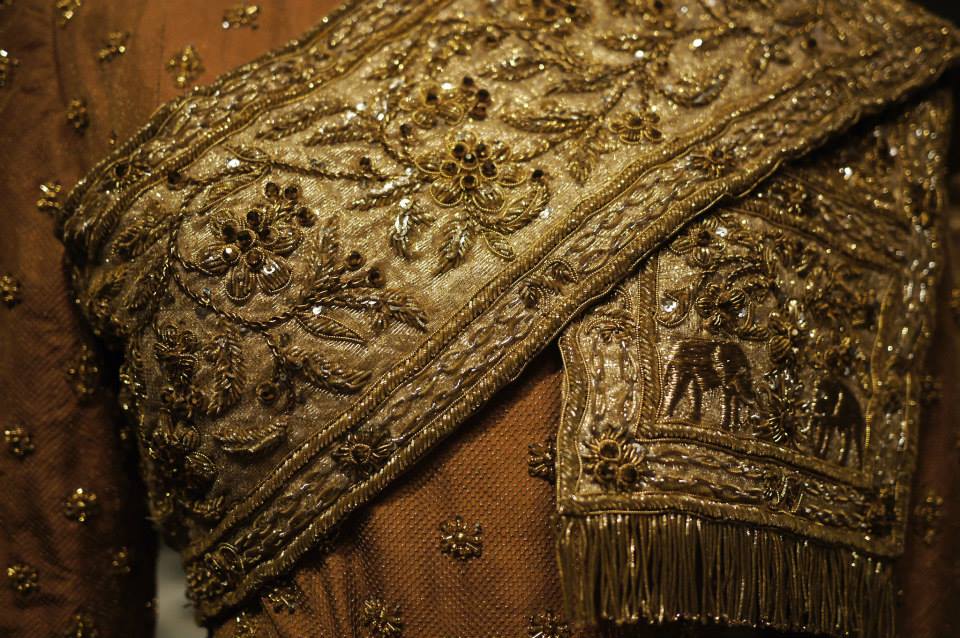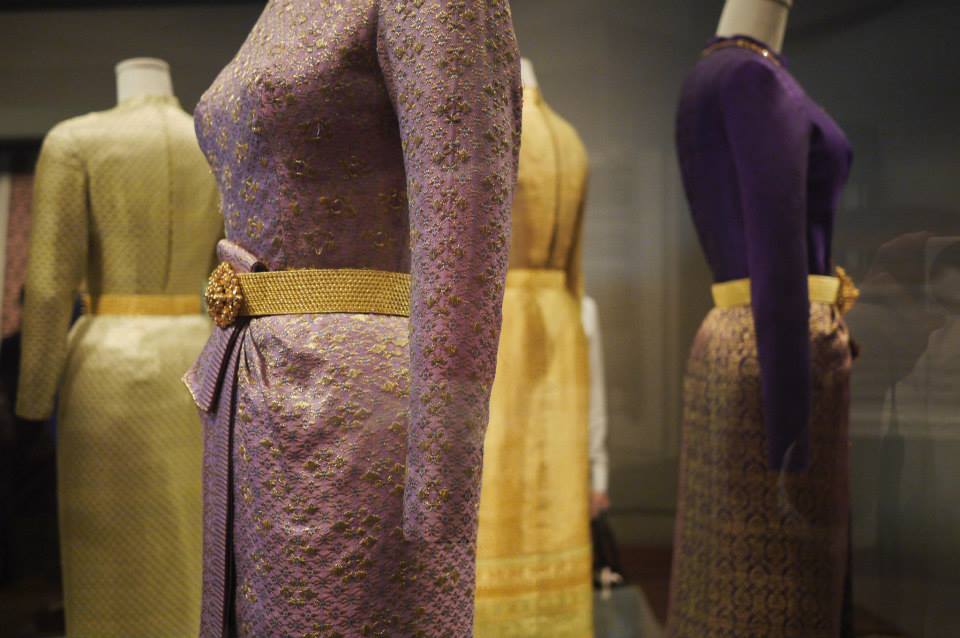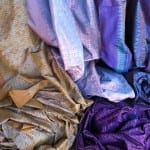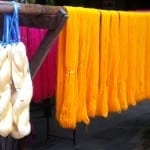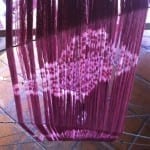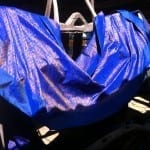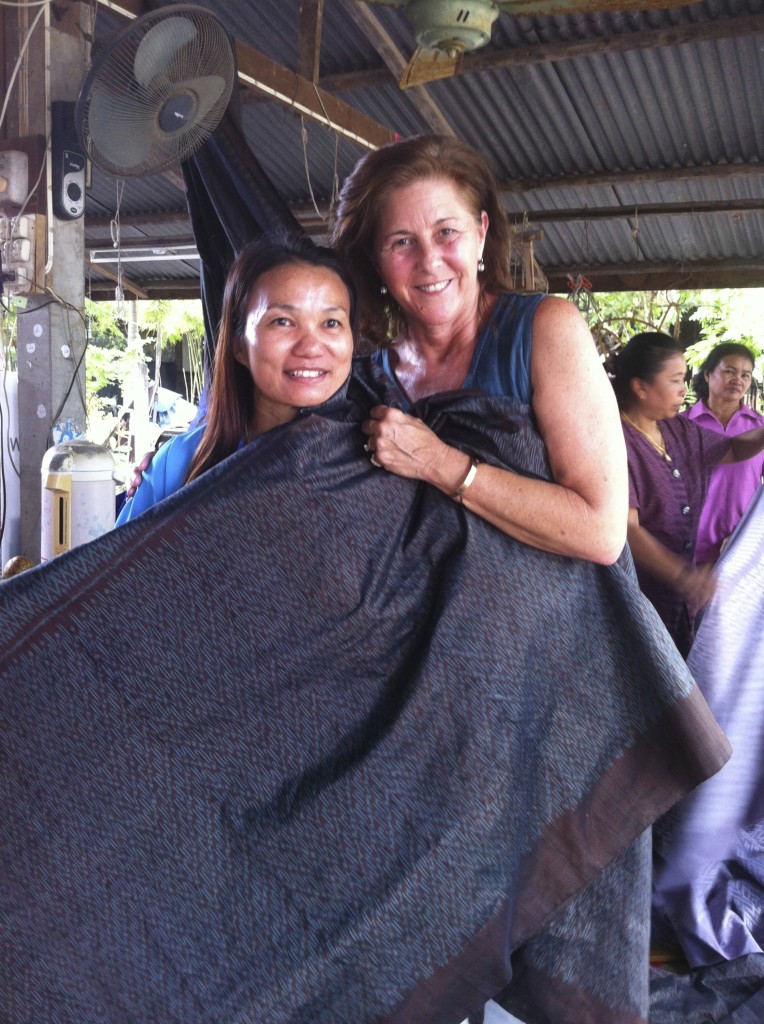Over 180 people from around the world gathered in Bangkok in November 2013 for the international launch of the Queen Sirikit Museum of Textile’s Symposium on royal textiles – Weaving Royal Traditions Through Time: Textile and Dress at the Thai Court and Beyond. It was truly the ‘who’s who’ of textiles particularly in Asia and the Pacific Rim – from Indonesia to Bhutan, there was great representation and enthusiasm, excellent lectures, and extraordinary visits to private collections. If that wasn’t classy enough, parties held at the Jim Thompson Museum and Home and the Mandarin Oriental Hotel put the icing on this multi-layered textile torte.
Her Majesty welcomed the attendees and gave a wonderfully personal, knowledgable and often humorous and self deprecating talk about the diversity of textiles in Thailand and her continued fascination with the production and weavers. She particularly paid homage to the Queen, who she often referred to as ‘my mother’, in her 50+ year effort to revive traditional textiles, nurture hand-made artifacts and provide an additional income. And of course honoring the establishment of HMQ’s new textile museum, a centre in Thailand now for textile study, display, and conservation. HRH set the tone for professional, but personal presentations. The presentations were rich and cross cultural, linking the production of trade of royal cloths between India, Siam, Cambodia, Burma, Indonesia and Japan; and as well to sculptural and painted art.
A few of the highlights for me are mentioned here. One of the most fascinating talks was on the popularity of ‘sarasa’ or Indian block printed trade cloths made for the Siamese market, but sold in Japan in the 17th and 18th centuries. We know little about this particular trade route and these cloths became deriguer for tea ceremony and other religious uses. A big splash on the historic textile scene was the introduction of a collection of 300 batiks that King Rama V Chulalongkorn carefully collected during 3 trips to Java in 1871, 1896 and 1901. The cataloguing of this collection so far reveals that the cloths are mostly Solo, Jogja and North Coast Dutch Indonesian artists such as Carolina von Franquemont and others. Due to iron clad provenance, as well as notes and labels, this collection is a rich contribution to the scholarship of Javanese batiks. The Indonesian attendees were particularly thrilled, and look forward to contributing knowledge and expertise to the QSMT as research, comparisons, and exhibit design of these Javanese treasures continues in 2014.
- 2 examples of Javanese batiks…
- … from the Rama V collection from the Grand Palace Inner Court Treasuries.
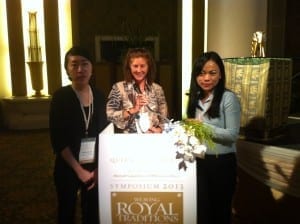
Miki Komatsu, Chief textile conservator from HCC Singapore; and Uden Penjor, Chief Curator Textile Museum Bhutan, were both speakers in the conservation session.
Patricia Cheesman, scholar and weaver, kicked off the symposium with a particularly rich talk about the diversity and connections, and power and soul of Tai textiles. The conservation department of the QSMT gave a talk by about the gold netted robes made for royalty (and still worn by HMK today) and high ranking officials; including a case study on the stunning nautical motif robe given to the Danish Admiral of the Thai Navy in 1900. My article about the conservation of the Admiral’s robe have already been published in Textiles Asia, and a forthcoming article will appear in Arts of Asia in 2014. The curator from the newly opened Royal Textile Academy in Bhutan shared exquisite stories and images of the royal dress and recent wedding attire of the King and Queen of Bhutan. Conservator Sara Reiter, from the Philadelphia Museum of Art, regaled the attendees with the ‘fairy tale’ gown of the Princess Grace of Monaco and it’s many campaigns of display and restoration. Finally, the colorful and creative fashion designer imprimenteur to the Sultana of Brunei and Sultanas of Malyasia, Bernard Chandran, showed us some of his high fashion modifications to the two traditional silhouettes of ‘kebaya and kurung’. Breaking boundaries! The last treat was a private show of the elegant classical Thai Kohn dance, including the dressing of the principal dancers. They are literally stitched into rich silk brocades, and we were five feet away to examine the entire process of dressing and dancing.
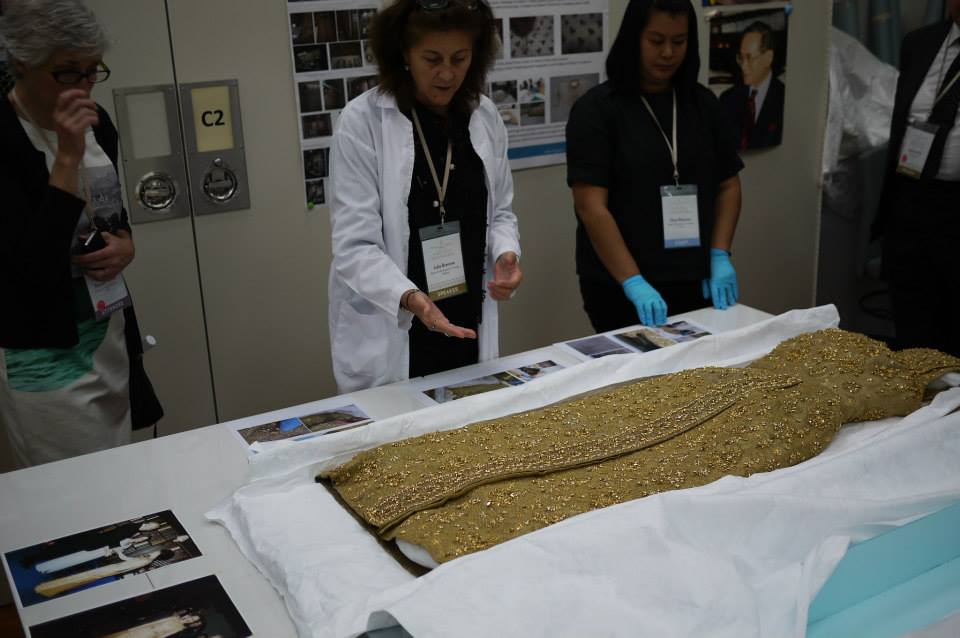
The QSMT conservators laid out some of Her Majesty’s dresses for close examination. One of HMQ’s couture dresses made of the traditional netted gold, with gold beaded embroidery overlay, circa 1970.
The Queen’s Museum closed to the public one day, allowing the symposium attendees a private unfettered visit, with tours of the conservation lab, storage, registration and the galleries. It was really an honor to host a group of such textile specialists, whose knowledge, aesthetics and eye are so sharpened. Everyone toured the exhibits – The Queen’s western style couture clothing made in the 60’s – 90’s by Pierre Balmain using Thai village woven silk ikat, is a testament to Her collaboration with the designer and determination to promote Thai cloth internationally. The eight styles of traditional royal dress were also co-designed with Balmain, and range from simple morning ensemble to very elaborate night and royal wear. However, it is all ‘ready-to-wear’ and has become fully popularized in Thailand over the years. The Queen’s attention to detail – from fine embroidery to the exact color coordinating of outfits, and direction of pattern are evident when carefully examining many of Her costumes. In the Conservation Lab, we made sure that some of HMQ’s exquisite couture cloths were available for close viewing, and it was a treat for everyone.
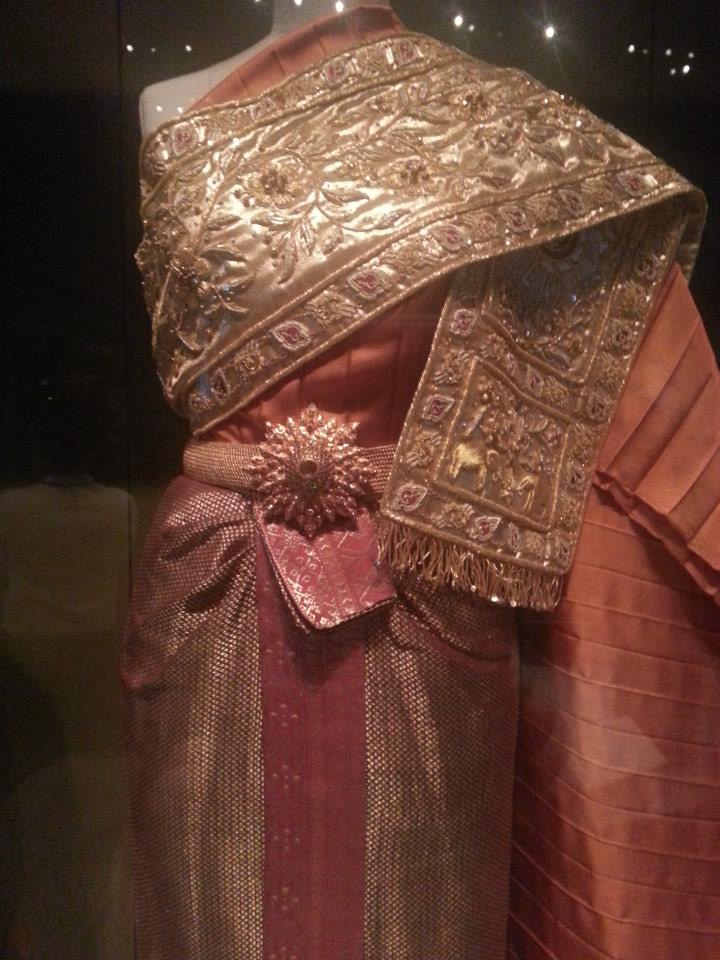
Details of one of HMQ”s traditional Thai dress styles – metallic gold embroidered sash and gold and silk cloth.
The symposium attendees were privileged to visit the private collections of Tilleke and Gibbins Law Firm, The Siam Society, Mr Udom Riantrakool, and one other private collector. Up close and able to touch and photograph these personal treasures – there were often stunned silences in the display rooms. This was a wonderful balance to closed museum displays and academic presentations. Cheers and congrats to the QSMT team and CDM staff for such a splendid symposium. The 4 days were truly a rich multi-course banquet of exquisite Asian textiles; and friendships and alliances were securely stitched together from east to west. The Symposium talks will be posted as videos on the QSMT website in 2014. Stay tuned for Textile Trip 2 to the famed Northeast region of Ikat and North region of indigo and intricately woven skirt borders by the Thai Yuan, and more.
A region that abounds in sericulture, natural dyeing, skilled ikat tying and weaving – it was textile heaven.
Magali An Berthon, of Tissues et Artisans du Monde, textile designer/traveller/
